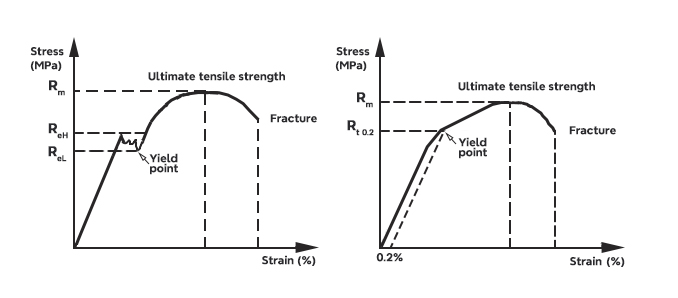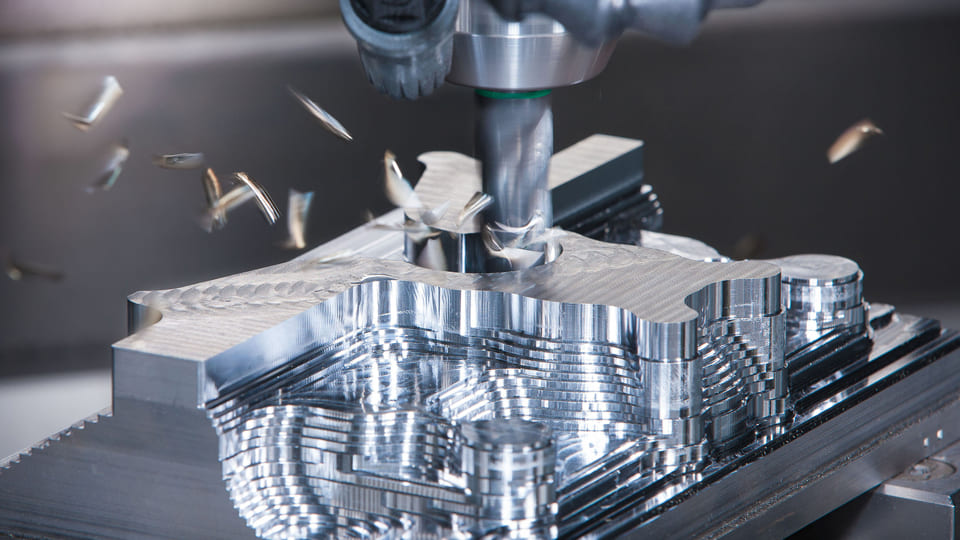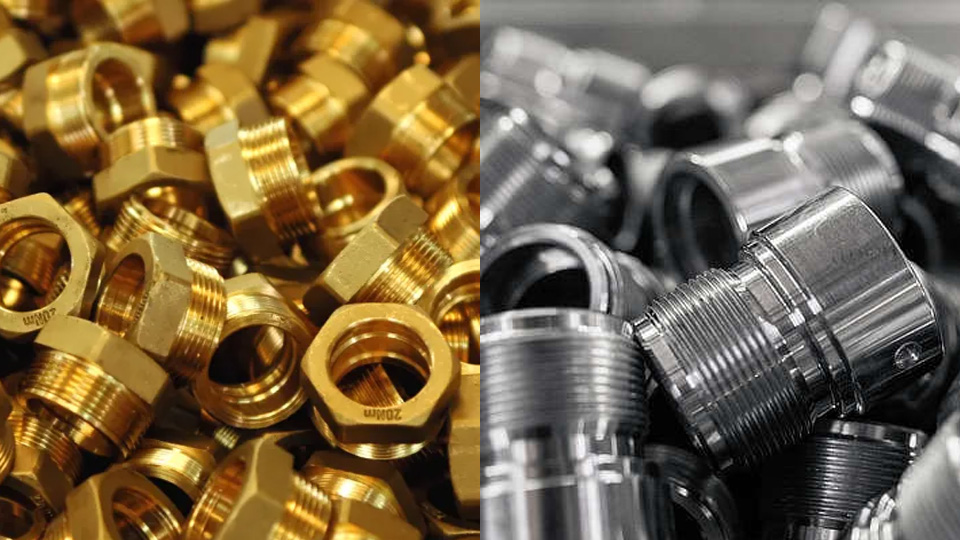A comprehensive understanding of the fundamental properties of metals and the parameters that reflect these properties is essential for analyzing and comprehending theories related to metals. it allows for a conscious approach to taking measures to achieve desired performance or guiding material selection in engineering design based on the basic properties of the materials.
The basic properties of metals generally encompass four aspects: mechanical properties, chemical properties, physical properties, and process performance.
Mechanical Properties
Mechanical properties pertain to a metal’s performance under external forces. Commonly used indicators for metallic materials include strength, plasticity, impact toughness, and hardness.
Yield Strength: The ability of a metal to resist deformation and fracture under external forces. Common indicators are the yield point and tensile strength.
Yield Point: When a metal undergoes significant plastic deformation beyond the elastic limit, termed yielding. For materials exhibiting clear yielding phenomena, the yield strength is the stress at the yield point (yield value). For materials where yielding is not evident, it is the stress at which the deviation from the linear relationship between stress and strain reaches a specified value (usually 0.2% of the original gauge length).

Tensile Strength (σb): The maximum stress a metal withstands in tension before fracturing. Exceeding this limit in practical use can lead to fractures and accidents. Typically expressed in MPa.
Elongation Rate(δ): The percentage increase in length after a metallic material breaks under tension. Formula: δ = (L1 – L0) / L0 × 100%, where L0 is the original calibrated length, L1 is the length of the marked portion of the material after it has been pulled off.
Hardness: A measure of a metal’s resistance to surface deformation, with methods like Brinell hardness (HB), Rockwell hardness (HR), and Vickers hardness (HV). Brinell and Rockwell hardness are commonly used in production.
Physical Properties
Physical properties of metal materials primarily include:
Density (ρ): Mass per unit volume. Metals with a density < 5.0 kg/cm² are referred to as light metals; those with higher density are heavy metals.
Melting Point: The temperature at which pure metals and alloys change from a solid to a liquid state. Pure metals have fixed melting points; alloys’ melting points depend on composition.
Thermal Expansion: The property of a metal to expand and contract with temperature changes. The coefficient of linear expansion is a common indicator, representing the ratio of the length increase per 1 ℃ rise in temperature.
Electrical Conductivity: The ability of a metal to conduct electrical current. Conductivity is measured by resistivity (ρ). Silver has the best conductivity, followed by copper and aluminum.
Thermal Conductivity: The property of a metal to conduct heat. Thermal conductivity is measured by the thermal conductivity coefficient (λ). Silver exhibits the highest thermal conductivity, followed by copper and aluminum.
Chemical Properties
Chemical Properties of metal materials primarily include:
Corrosion Resistance: The ability of metal materials to resist erosion from various media.
Oxidation Resistance: The ability of a metal material to resist the formation of oxidized skin at high temperatures.
Process Performance
Process performance of metal materials primarily includes:
Cutting Performance: Reflects the ease or difficulty of cutting metal using tools like turning, milling, etc.
Malleability: Reflects the difficulty of molding metal during pressure processing, considering factors like plasticity, permissible temperature range, thermal expansion and contraction characteristics, and microstructure.
Castability: Reflects the difficulty of melting and casting metal, considering mobility, suction, oxidation, melting point, casting microstructure uniformity, densification, and the rate of cold shrinkage.
Weldability: Reflects the difficulty of achieving firm combinations in welding, considering factors such as melting point, gas absorption, oxidation, thermal conductivity, thermal expansion and contraction characteristics, plasticity, and their correlation with the microstructure of the joint parts and nearby materials, impacting mechanical properties.






